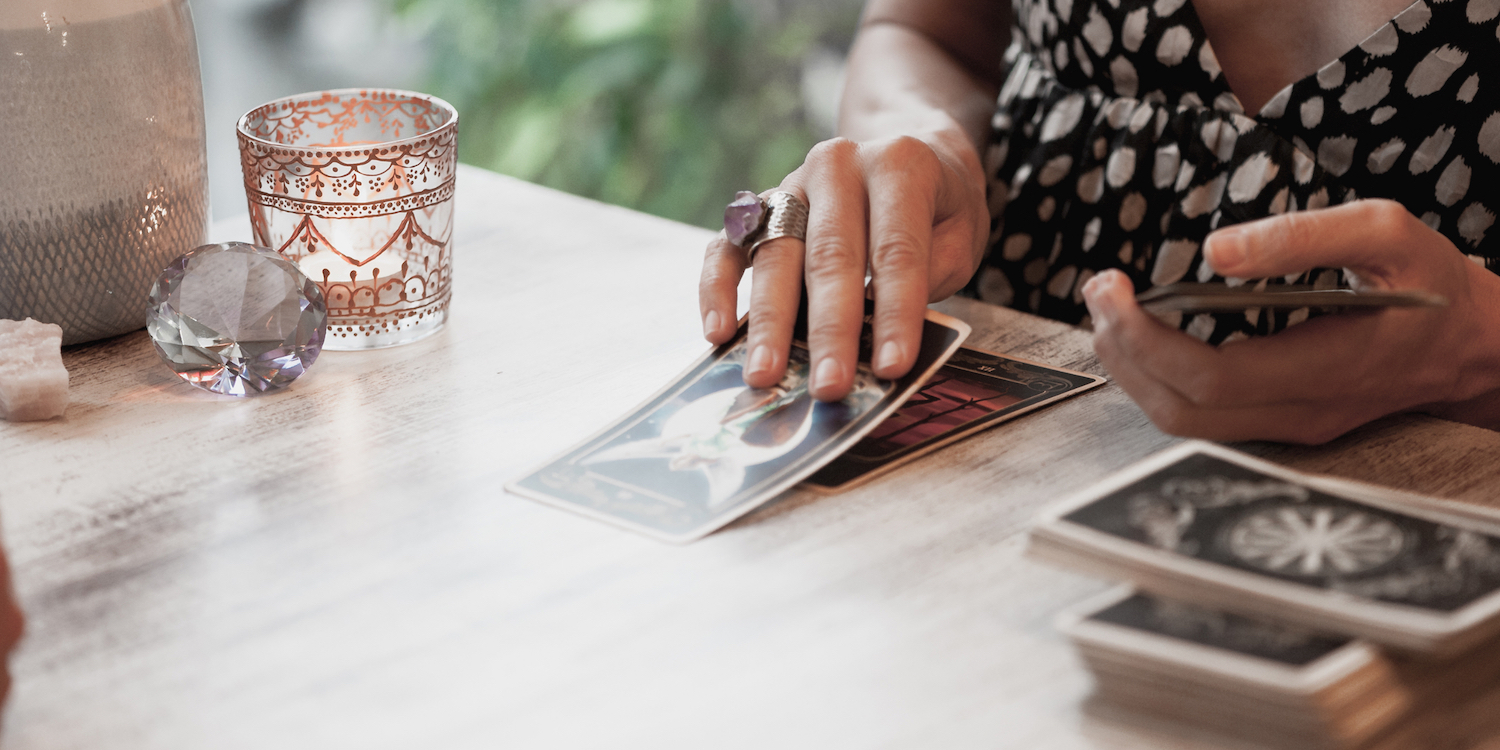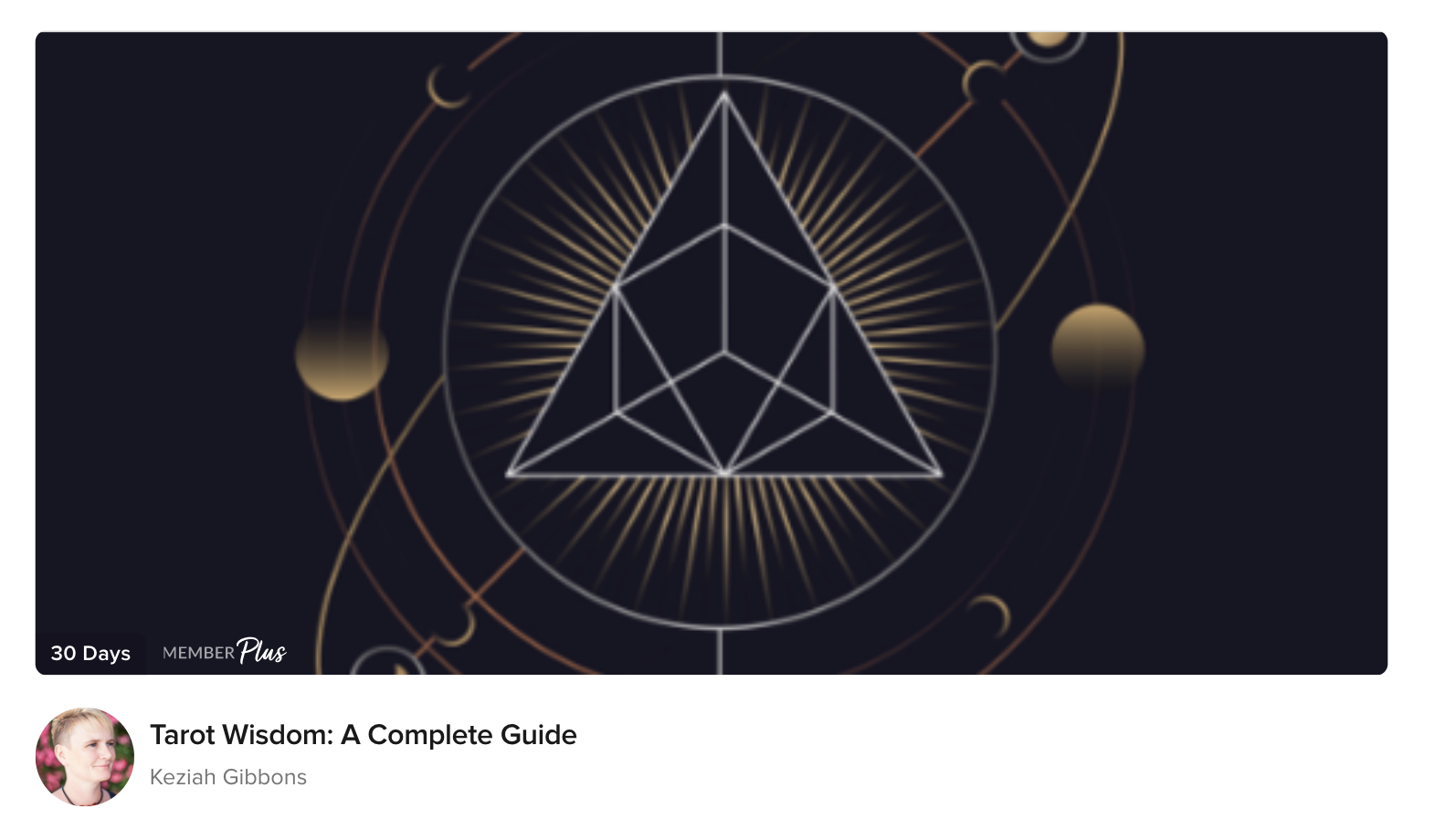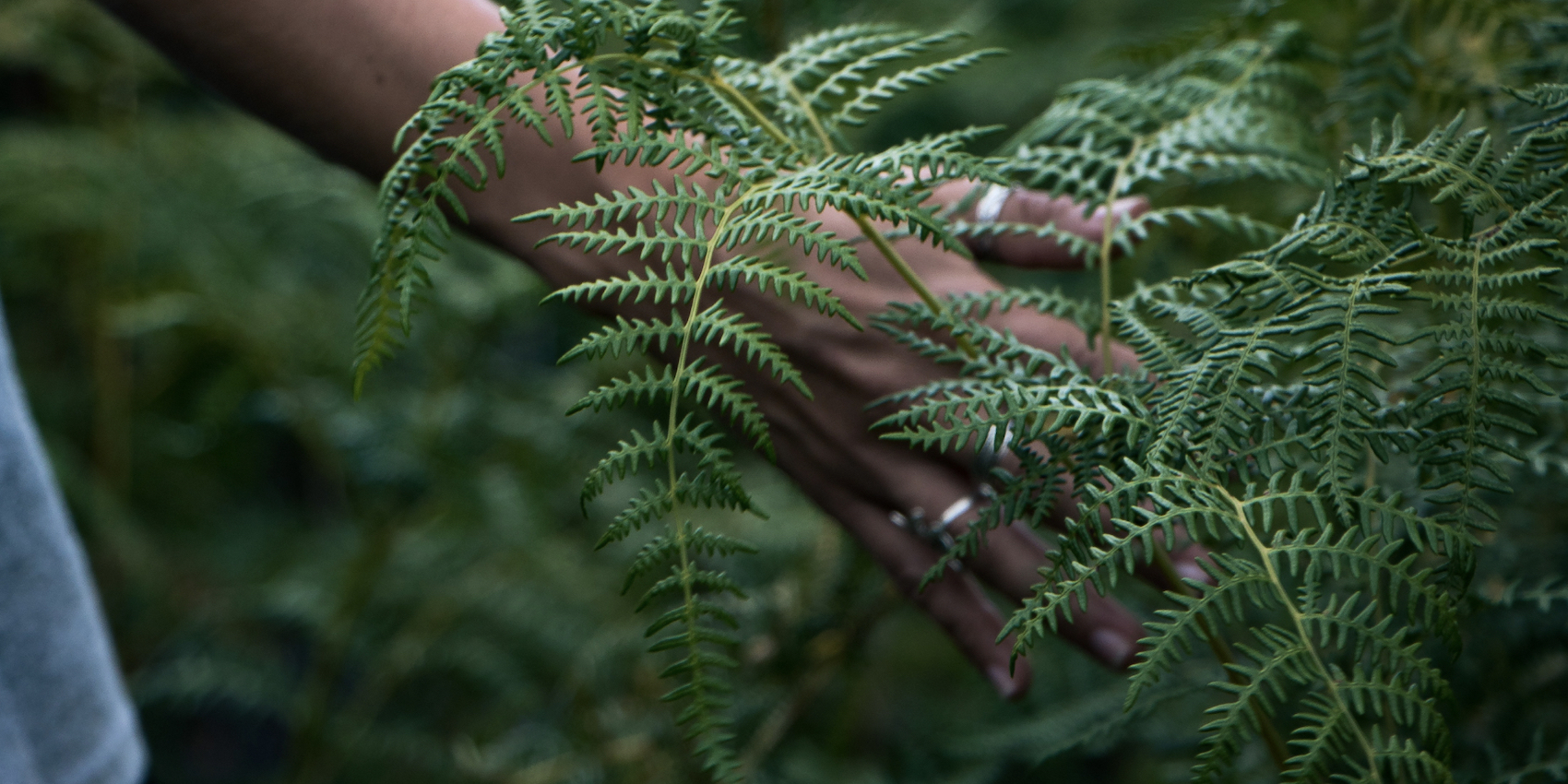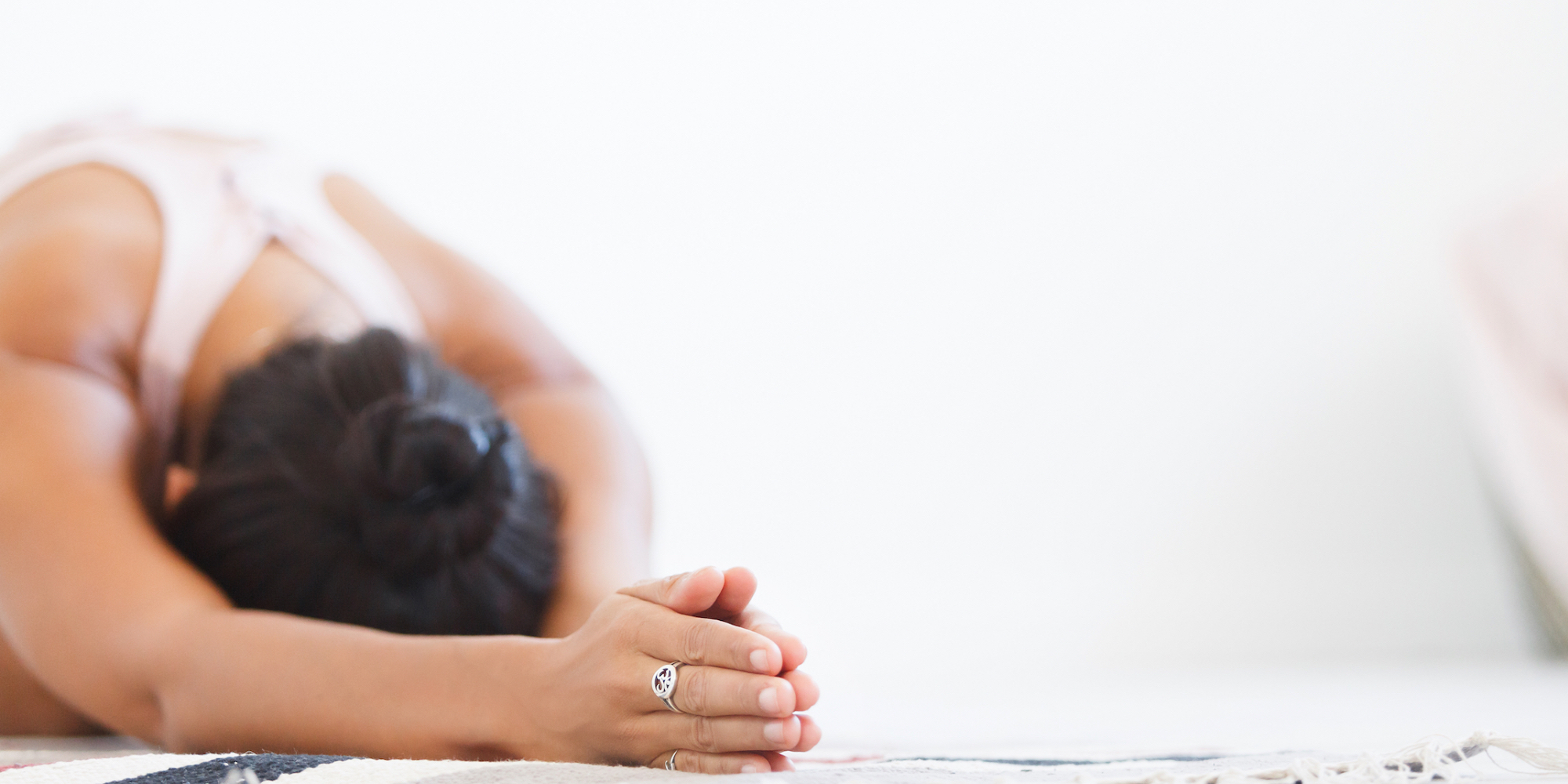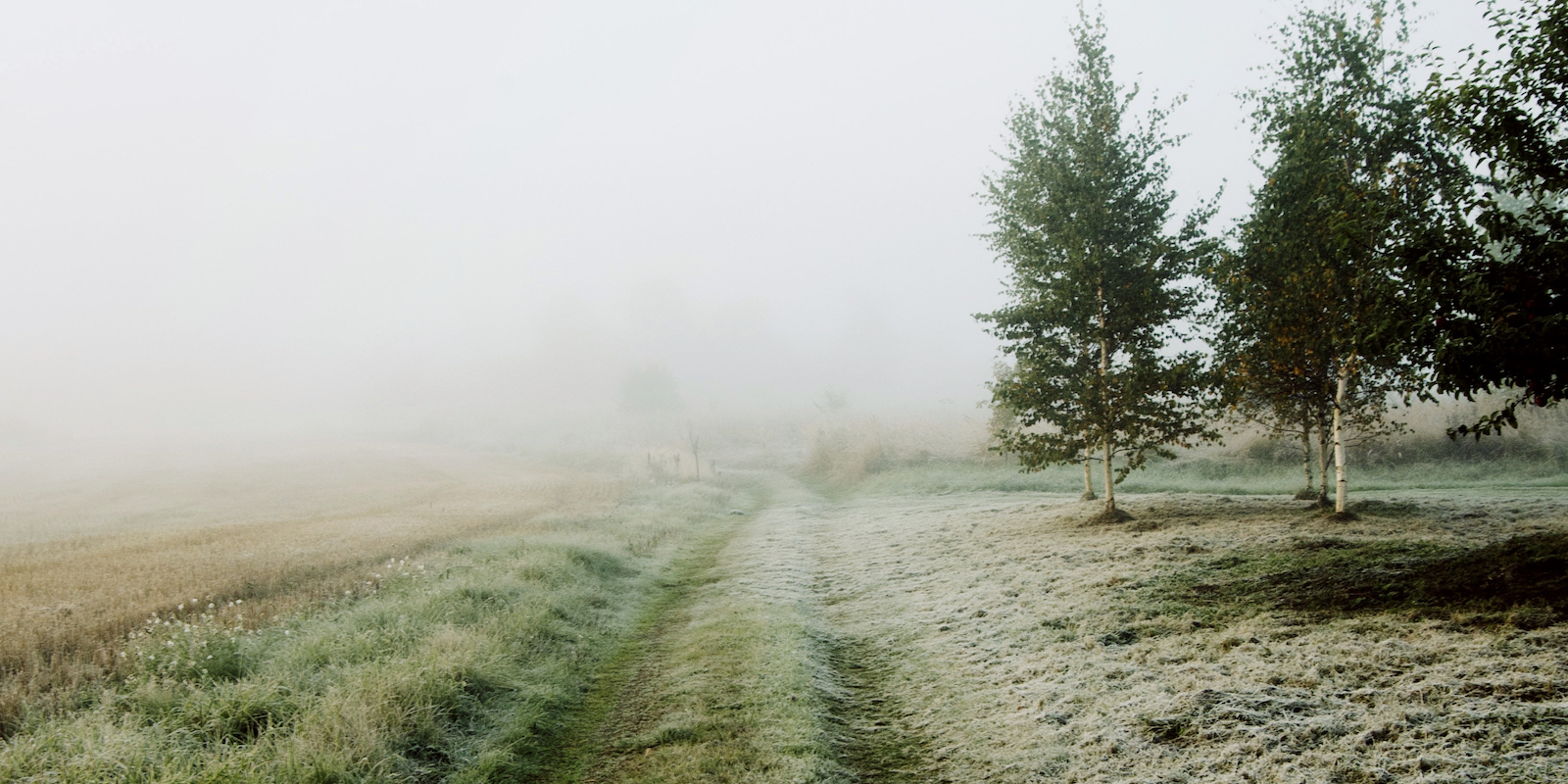For centuries, tarot cards have captured people’s imaginations, providing a window into the mysteries of the universe and the human psyche. While to an untrained eye tarot reading may appear to be a card game, these cards are anything but. Tarot cards serve as both tools of fortune-telling and a gateway to self-discovery, offering valuable information about our present, past, and future.
Despite being around for hundreds of years, there’s still an air of mystery that surrounds tarot and tarot readings. We’re here to shed some light.
In this post, tarot reader and teacher Keziah Gibbons introduces us to the fascinating world of tarot reading, exploring the history of tarot, what happens in tarot reading, and more.
Key takeaways
- Tarot cards provide useful insights into our lives and can also be used as fortune-telling tools.
- Tarot cards can help you face your struggles by allowing you to find answers to your inner problems.
- The right cards usually come to the right people — meaning you can’t influence what your reading will be.
- Tarot reading is an art that requires you to understand the cards and the decks while also developing the right stories to tell the clients.
- There are numerous ways to prepare for a tarot reading, including journaling the issues you hope to fix before the reading, understanding the reader’s policies, and carrying a notebook.
What is tarot?
Tarot is a deck of cards that contain imagery and suits that each represent an aspect of life. The cards are read in combination with one another to interpret the meaning of a given moment or scenario. They create awareness of the moment’s potential and influences or bring a new perspective to the querent, the person receiving the reading.
Tarot cards can help tap into deep, unconscious inner knowledge and offer valuable insights into one’s life, or they can portray hidden motives, opportunities, and potential to the querent (the person whom the reading is for). Importantly, tarot readings don’t describe unchangeable events.
What is tarot reading?
A tarot reading is a review of chosen tarot cards to interpret their meaning about a specific situation or question presented by the querent. You can do a tarot reading for yourself or have a professional tarot reader do one for you.
During a tarot reading, the tarot deck is shuffled and then a tarot spread is placed down.
What is a tarot card spread?
A tarot spread is the pattern in which you lay your tarot cards out. The location of the cards in the pattern signifies a specific meaning in the reading. A spread can be as small as a single card, say for a daily reading, or 10 or more.
There are many different types of tarot spreads, with the most classic being the Celtic Cross Spread. This spread constitutes 10 cards, six cards laid like a cross and four in a column to the right of it. Other popular spreads include the career path spread, the horseshoe spread, and the relationship spread.
How does tarot card reading work?
During a reading, the reader will look at the cards in the spread and see how they influence each other in order to interpret the meaning of the cards. For example, The High Priestess can be read as an encouragement of spiritual practice or approval of objectivity, depending on her placement and the question.
A reading also depends on whether the card is placed upright or upside down, called the reversed position. A reversed reading could mean a potential negative occurrence in the querent’s situation. For example, The Hermit, when upright, means there is a humble teacher in the situation, while The Hermit reversed means that the querent is resisting wisdom. However, two cards do not have any negative associations: The Sun and The World.
A skilled reader uses the cards as prompts to help the querent discover their own, sometimes hidden, motivations and behavior patterns and understand how the elements of their situation relate to one another.
Often, the cards aren’t there to provide new information but instead represent the situation in a way that helps the querent consider how to move forward. Sometimes, it just helps them to acknowledge something they know already but need a little confirmation about.
How to prepare for a tarot reading
When you book a tarot reading with a professional reader, get the most out of the reading by preparing. Tarot readings require your active participation and cooperation.
Here are a few ways to prepare for a tarot reading:
- Journal before the reading: Note down details about your life that you are hoping to uncover during the reading. This way, you’ll have better control over your true feelings and won’t overwhelm the reader.
- Respect your reader’s policies: Research your reader’s policies on their website or by asking their previous clients. Better still, you can ask your reader what their policies are. Doing this will help ensure you have a smooth reading.
- Mediate before the reading: Find a quiet, calming space and clear your heart and mind before the reading.
- Carry a notebook: Your reading will likely have many different facets. Taking notes is an excellent way of remembering them all. However, you should remember to concentrate on the reading while doing so.
- Don’t test your reader: While tarot reading is a magical craft, you shouldn’t expect your reader to know everything. Tell your reader relevant information about you to ensure you get an accurate reading.
How to learn tarot card reading
You don’t need to be a psychic to read tarot cards. Tarot reading is open to everyone, provided you learn how to read tarot cards.
With that in mind, tarot card reading is an art, and it takes time, intuition, commitment, and practice to master. Here are the things you need to learn in order to master tarot reading:
- Your deck: The first step in learning tarot reading is to understand tarot card meanings and decks. Choose a deck that resonates with you.
- Set the mood: Set the right mood for each tarot reading. This could entail lighting candles, burning incense, or spreading a specific tablecloth while reading.
- How to shuffle and cut cards: You should learn the art of shuffling your deck while thinking of the right question to ask. Shuffle the cards until you are confident that you have the right question and a satisfactory answer to it. Pull and place your cards intuitively or in spreads.
- How to analyze and respond to cards: Remember, the cards aren’t there to give a direct answer — they bring an interpretation or new perspective to the querent’s situation. After learning what each card means, you have to learn how to apply the card to the querent’s situation and how the cards interact in a spread.
- Create a story: Each card reading should have a unique story explaining what the reading means. More importantly, you should be able to tell the story convincingly about what the tarot cards reveal about the client.
Dive deeper into tarot with Keziah Gibbons’ five tips about tarot for beginners — from the right way of shuffling the cards to setting the right intentions.
Understanding the tarot deck structure
Nearly all tarot decks follow the 78-card structure. A standard tarot deck is divided into 22 major arcana cards and 56 minor arcana cards. The minor arcana are further divided into four suits: cups, coins or pentacles, wands, and swords.
Major arcana: The major arcana represents the primary themes of human life, such as love, death, change, acceptance, and spirituality. The 22 major arcana cards can be interpreted as the 22 steps of “The Fool’s Journey”— helping us understand where we are in our own life’s journey. Some examples include:
- The Wheel of Fortune
- The Devil
- The Lovers
- The Fool
- The Magician
- The Sun
Minor arcana: The minor cards are considered inferior to the major cards because they focus on the less important archetypes and minor mysteries of life, like emotions or conflict. A minor arcana suit is similar to playing cards, consisting of an ace, numbered cards, and court cards:
- Ace of Wands
- Two of Wands
- Three of Wands
- Four of Wands
- Five of Wands
- Six of Wands
- Seven of Wands
- Eight of Wands
- Nine of Wands
- Ten of Wands
- The Page of Wands
- The Knight of Wands
- The Queen of Wands
- The King of Wands
There are many types of tarot decks, and they may use different structure, symbols, or imagery than the deck described above (based on the Rider Waite Smith Tarot). For example, the Tarot de Marseilles has “The House of God” in place of “The Tower.” The Rider Waite Smith Tarot Deck is one of the most well-known and most-used tarot decks, with many other decks taking inspiration from it.
The history of tarot
Tarot cards first appeared in Europe in the late 15th century. Artists developed the first deck of cards to depict archetypes of the times, characters influenced by folk beliefs and practices with ancient roots.
During this period, cards were used to play games. However, by the 18th century, people began to give meanings to each card, including suggestions on how various cards could be laid out for divinatory purposes.
Modern tarot owes a lot to the Order of the Golden Dawn, a London-based group active in the late 19th and early 20th centuries.
Golden Dawn member Arthur Edward Waite commissioned the drawings for a deck of tarot cards from fellow member Pamela Colman Smith, a gifted artist. Through their collaboration, the deck was published as the Rider-Waite deck after Waite himself and Rider, the publisher, snubbing Smith entirely.
However, the modern tarot community acknowledges Smith’s instrumental role in the creation of the deck and calls it the Smith Waite deck, or Rider Waite Smith deck.
This deck has become a classic of our time, and most modern decks are based in some way on these beautiful and richly symbolic illustrations.
Use tarot as a pathway to inner wisdom
If you’re interested, intrigued, and ready for the gifts and lessons that Tarot can bring you, come and join thousands of students in the 30-day course Tarot Wisdom: A Complete Guide on Insight Timer. This course serves as an introduction to tarot for people with little experience and people who already have a tarot practice that they want to continue to develop.
Listen to the first day of the course below. No signup required.
FAQs about the basics of tarot
How many tarot decks are there?
It’s estimated that there are around 400 tarot decks, each representing ideas from religions, occultists, and brotherhoods.
What do tarot cards tell you?
Most people wrongly believe that tarot cards predict the future, which they don’t. What they do is aid self-reflection, helping you consider a problem and find ways of solving it. They help you uncover the constructs of your inner processes.
Can tarot readers really read people well, or do they just have powers?
There are two approaches to analyzing the abilities of tarot card readers: the paranormal approach and the non-paranormal approach. The paranormal approach claims that supernatural forces are at work during tarot reading. On the other hand, the non-paranormal approach claims simple psychological effects are at play during tarot reading — meaning tarot readers know how to read people well. In short, it’s up to you which approach you believe!
References
- Bunning, J. (1998). Learning the Tarot: A Tarot Book for Beginners. In Google Books. Weiser Books. https://books.google.com/books?hl=en&lr=&id=he3J6UYYPakC&oi=fnd&pg=PR9&dq=how+to+learn+tarot+card+reading&ots=WnR6GjHdPC&sig=N7WRjX0W-yR2S-WcWQkj1IPPGCU&redir_esc=y#v=onepage&q=how%20to%20learn%20tarot%20card%20reading&f=false
- Ivtzan, I. (2007). TaroT Cards: a LiTeraTure review and evaLuaTion of PsyChiC versus PsyChoLogiCaL exPLanaTions. https://citeseerx.ist.psu.edu/document?repid=rep1&type=pdf&doi=585e615ae75daaafec0587929c54304b4f9025ce
- Williams, J., & Porter, J. (2021). The Religion of Tarot. https://research.library.mun.ca/15008/1/thesis.pdf

